The past few months have been more interesting than usual here in Hawaii. First we’ve had an unusually active hurricane system (a few close calls but no direct hits, thankfully). Then we faced threat of a tsunami due to an 8.3 magnitude earthquake that rocked Chile. And now scientists from the United States Geological Survey (USGS) are warning of increased activity in the Mauna Loa volcano on the Big Island. What’s next, frogs and locust?
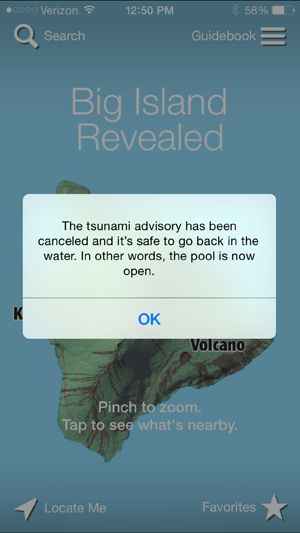
Our Apps give us the ability to update our readers in real time.
One nice benefit of all this is that it’s given us plenty of opportunity to try out a new feature of our app: push notifications. (If you have our app then you’ve probably already been getting them, but if not you can turn these messages on or off in your phone’s settings.) Push notifications allow us to send warnings when there are high surf advisories or other hazards. For example: if the Kalalau Trail on Kauai is closed due to the risk of flash flooding, we can send an alert so that you know before you waste precious vacation time driving to the trailhead only to get there and realize you can’t go. We’ve been working on this new tool for a while, and we’re still in the process of refining how we use it. But we’re excited to have the ability to give our readers more information about how to stay safe. In the past we’ve been accused of being of being too much on the adventurous side. (That’s kind of like being criticized for being too handsome – we’ll gladly admit it is true). And that’s because we firmly believe people should be free to go out and explore and enjoy all that nature has to offer. But we also recognize that there are a lot of unfamiliar conditions in Hawaii that visitors aren’t used to, such as dangerous riptides and steep cliffs made of weak, crumbly lava rock.
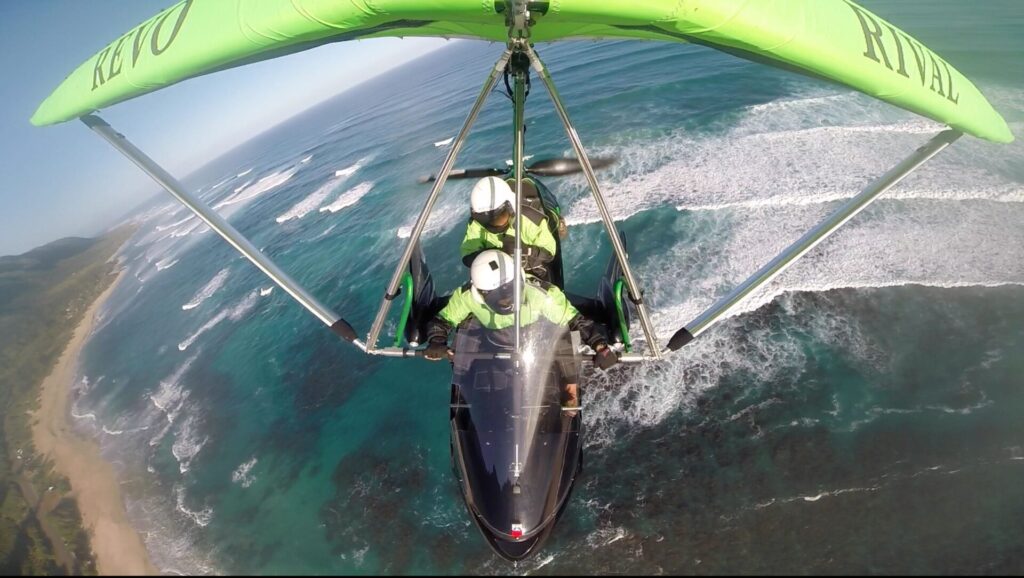
Life’s an adventure and then you Mai Tai.
Ultimately, we believe very strongly in personal responsibility. But we also believe people should have enough information to make wise decisions. That is why we devote so much space in the book to talking about possible dangers. Nature is not Disneyland. There are no handrails. Boulders are hard, sharp, and unforgiving. Now, about that volcano warning… Scientists at the USGS’s Hawaii Volcano Observatory have elevated the volcano alert level from “normal” to “advisory” due to increased signs of unrest such as small-magnitude earthquakes beneath the summit of Mauna Loa and ground inflation that indicates magma pooling. This doesn’t mean that an eruption is imminent, or even that one will actually happen. The “advisory” status is still two steps down from the highest threat-level. (If your reaction to that is disappointment, then we definitely suggest you plan a trip to Volcanoes National Park, where Kilauea has been consistently erupting since 1983.) It’s possible that the increased level of activity at Mauna Loa could continue for months or years without leading to an eruption. But it could also signal things to come. At this point, it is too early to tell. So why the concern?
Helicopters
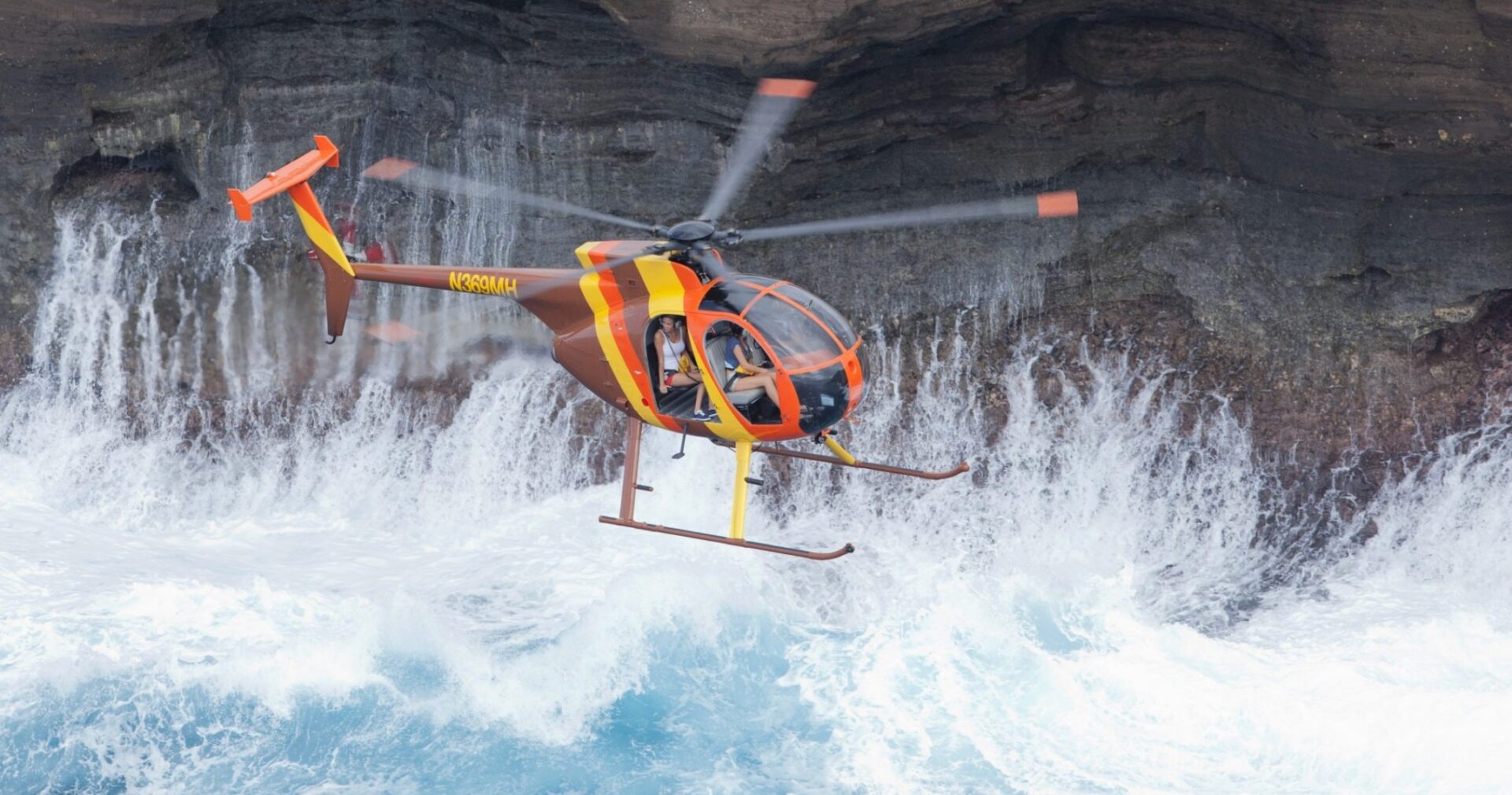
Magnum Helicopters
Magnum Helicopters offers a thrilling experience with their doors-off flights in an MD 500 helicopter. Their 50-minute sightseeing tour showcases stunning views and their signature flight lands on a ridge overlooking Kualoa Ranch, offering breathtaking scenery. This special trip lasts about 90 minutes.Mauna Loa is by far the largest volcano on earth, and it has a track record. Since 1843, Mauna Loa has erupted 33 times (that’s an average of once every five years). Of those, seven flows from the southwest rift zone reached the ocean along the west coast of Hawaii within a matter of hours. That’s because when Mauna Loa does erupt, the flow tends to be faster-moving and much more voluminous than what is produced by Kilauea. That doesn’t leave a lot of time for an evacuation. Eruptions also have the potential to disrupt air travel by throwing plumes of volcanic ash into the atmosphere. This is part of the reason why USGS scientists pay so much attention to what is going on with the volcano. The last time Mauna Loa erupted was in 1984. During that event, the lava flow came within 4.5 miles of Hilo, which is the largest population center on the island. But that eruption, which lasted just three weeks, was preceded by three years of increased earthquake activity that was much stronger than what scientists are observing today. So right now there isn’t much need to worry. But it is a good reminder that Hawaii is a living, growing island, still being shaped by powerful geological forces.

Andrew Doughty is the famous author of the widely popular Hawaii Revealed series including Kauai Revealed, Oahu Revealed, Maui Revealed and the Big Island Revealed. He moved to Kauai many years ago after he fell in love with the beauty of the islands and decided to never go back. He is known for his candid opinion on each of Hawaii’s attractions, be it a restaurant, a helicopter ride, a beach or a resort. For the last two decades, he has managed to keep his identity anonymous so that his reviews can remain unbiased and only be influenced by his own opinions and thoughts. You can learn more about his beautiful journey at this link – About the author
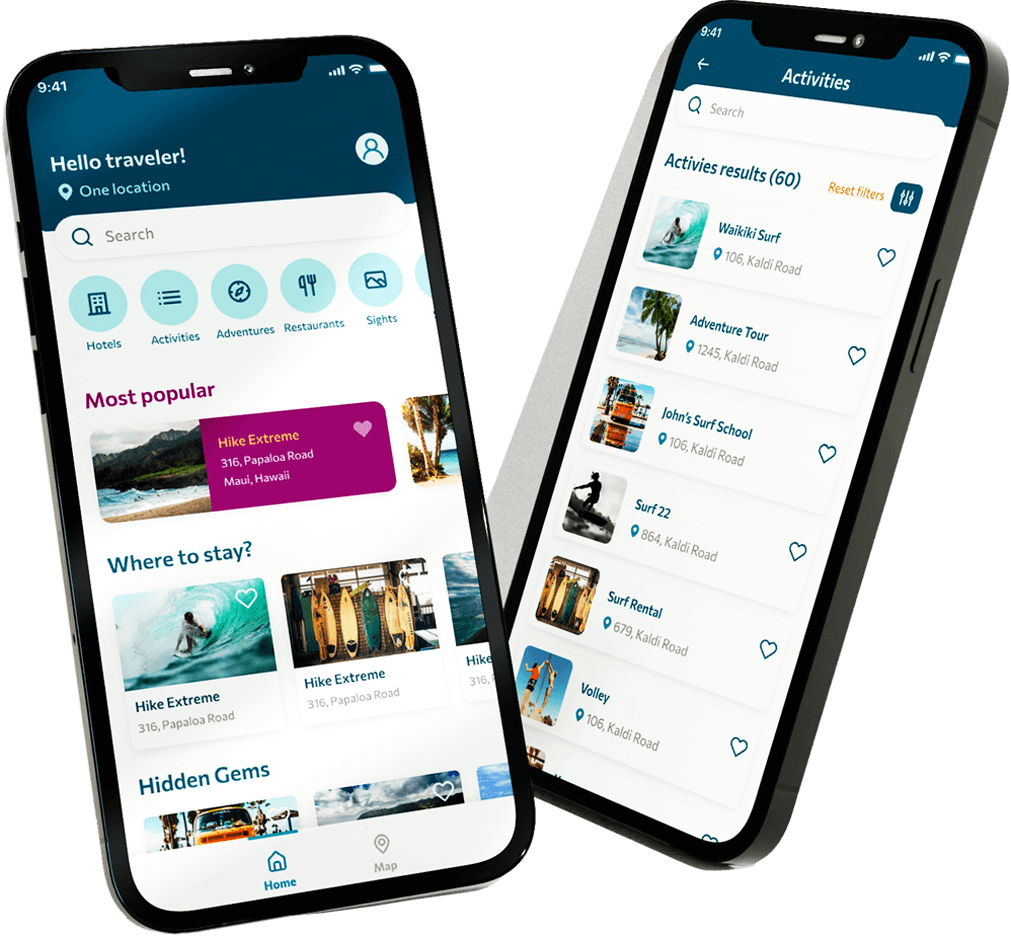

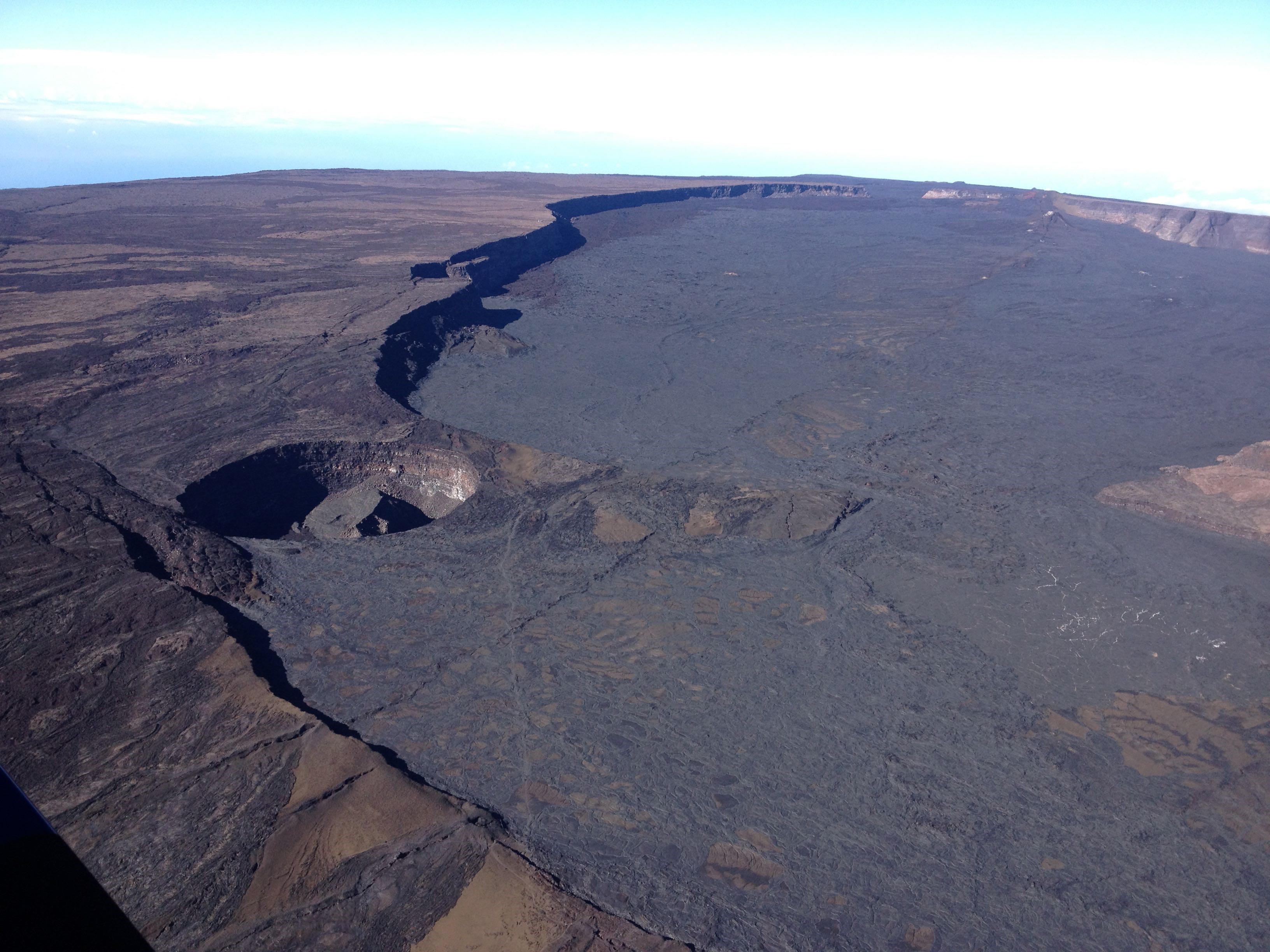


0 Comments